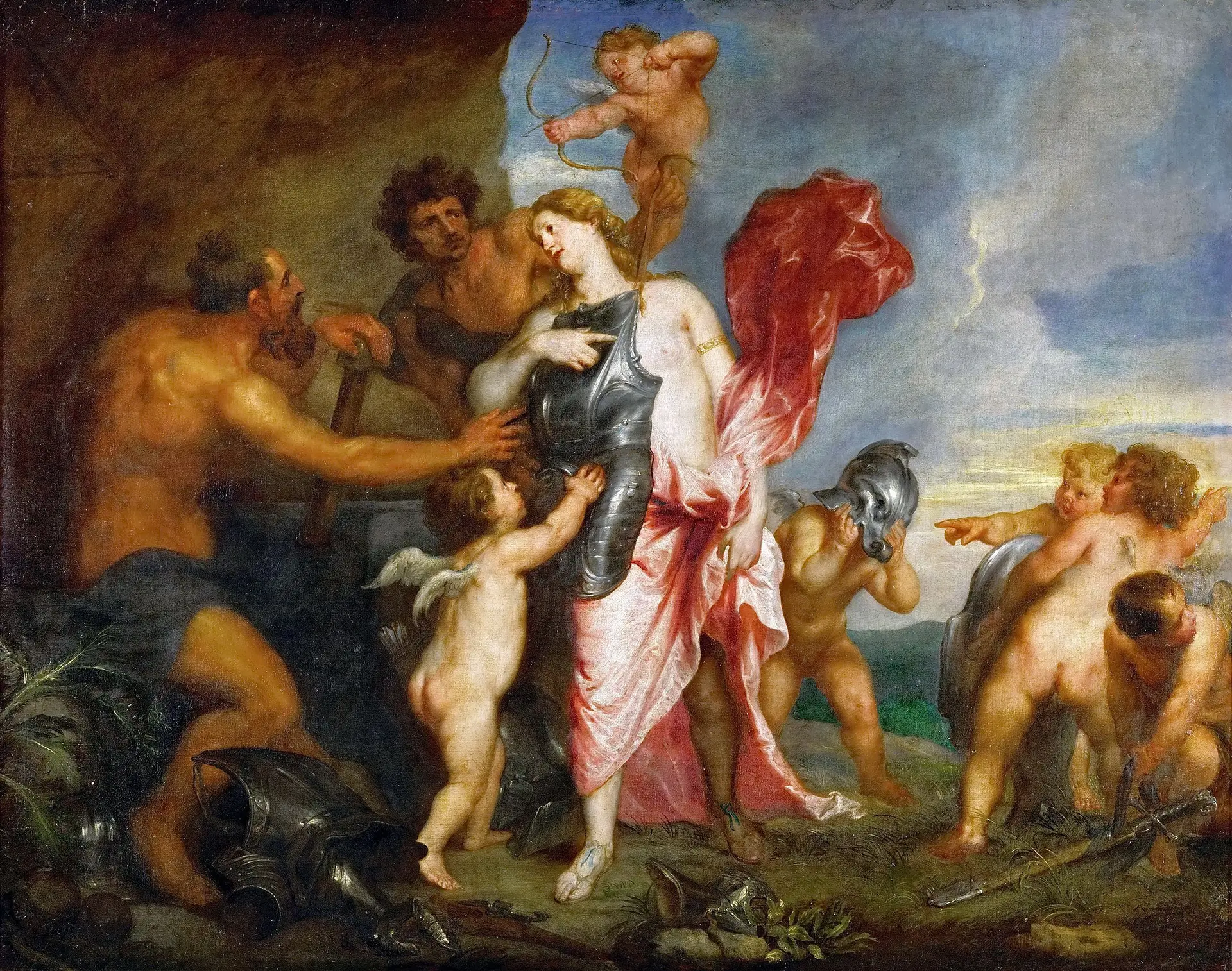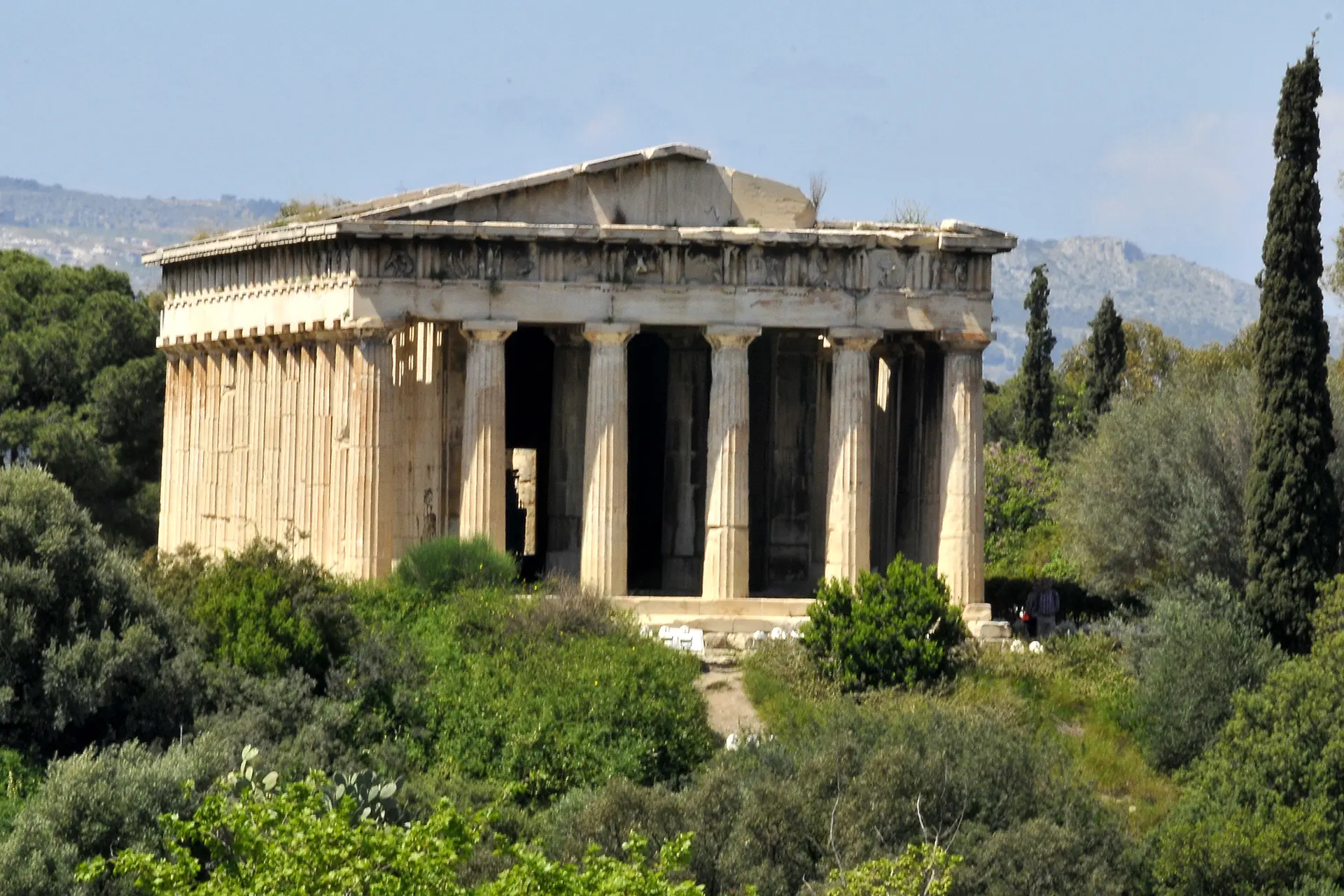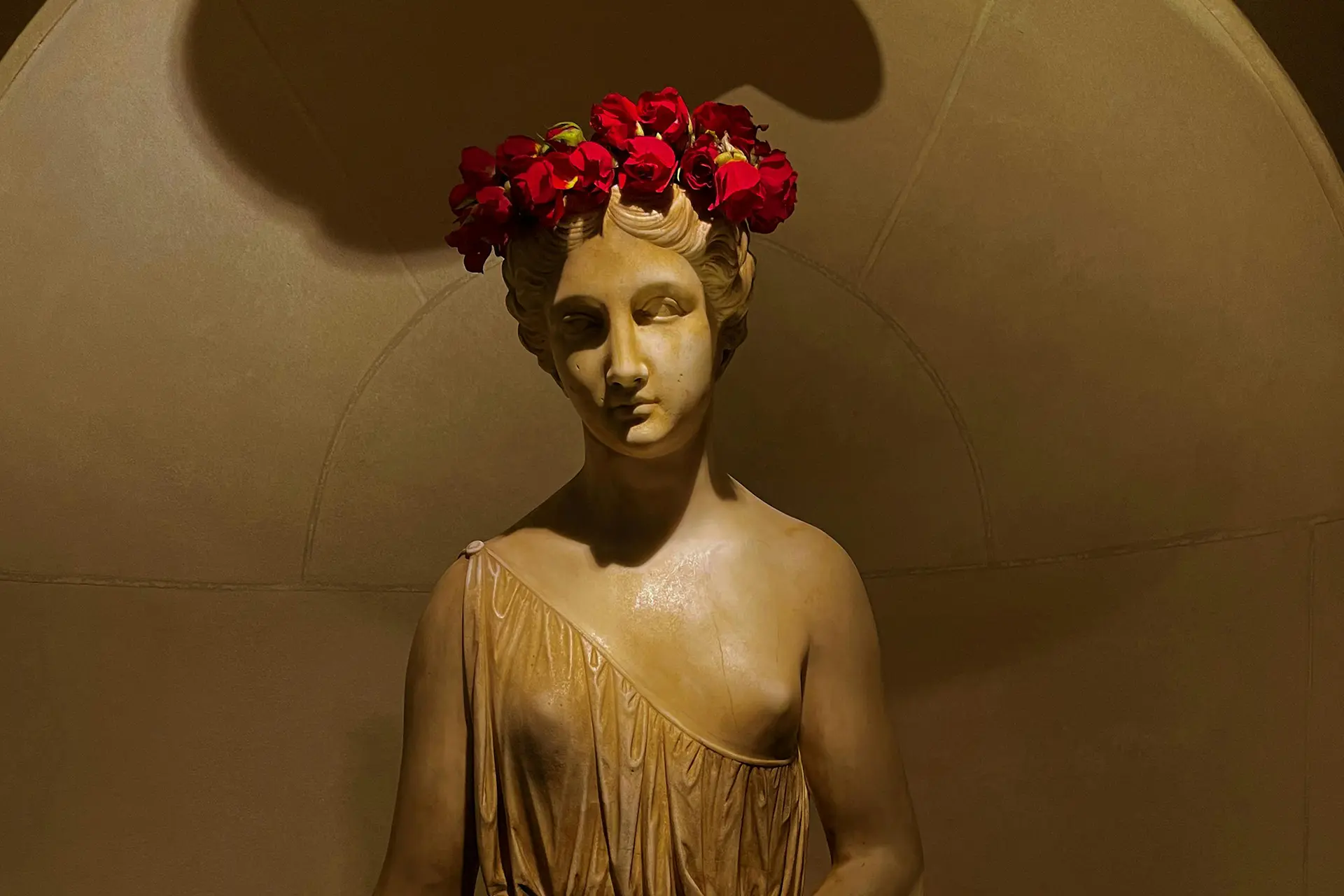
Discover Hephaestus, the Greek god of fire and forge. Explore his mythological legacy and his deep connection to volcanoes, craftsmanship, and ancient caves.
Among the gods of Mount Olympus, none is more closely tied to the raw power of the earth than Hephaestus—the divine blacksmith, god of fire, forge, and craftsmanship. In a pantheon often ruled by charisma, warfare, and beauty, Hephaestus stands apart as a symbol of creation through grit and flame. His myth speaks not only of divine ingenuity, but of resilience, imperfection, and the enduring artistry of the ancient world.
The Outcast Artisan
Hephaestus was born to Hera, and in some versions of the myth, without a father. Deformed from birth, he was cast from Olympus—either by Hera for his appearance, or by Zeus during a quarrel. He fell for a full day and landed in the sea, where he was raised by the sea nymphs Thetis and Eurynome. Far from Olympus, he honed his craft beneath the earth, mastering metallurgy, sculpting, and engineering.
Eventually, the gods realized how valuable his skill was and invited him back. Despite his outsider status, Hephaestus would go on to create some of the most legendary items in Greek mythology—Hermes’ winged helmet, Achilles’ armor, and even the chains that bound Prometheus.

Fire from the Earth
Hephaestus’ dominion was not the sky or the sea, but the molten heart of the earth itself. His forges were said to be located beneath volcanoes—most famously under Mount Etna in Sicily, where the eruptions were believed to be the sound of his hammer striking anvil. His presence echoed in every fiery crack of the earth, from steaming vents to bubbling springs.
Mount Olympus, though not volcanic, sits at the center of Greek mythological geography. Its caves and craggy outcrops were often imagined as passageways into the subterranean world—places where gods like Hephaestus might stoke their fires, hidden from mortal view. The nearby volcanic regions of Greece, such as Methana and Santorini, are natural extensions of his mythic realm.
Divine Creations and Mortal Influence
What makes Hephaestus so compelling is not just his divine power, but how tangible his domain is. Fire and metal, tools and weapons—these were sacred in the ancient world. Blacksmiths were held in awe, as they wielded flame to shape the future. Temples dedicated to Hephaestus were practical as well as spiritual. In Athens, the Hephaesteion still stands proudly above the Agora, a tribute to craftsmanship that has withstood millennia.
Hephaestus was also the patron of inventors. His automatons—mechanical servants crafted from gold—may sound mythical, but they hint at ancient Greek fascination with engineering, foreshadowing modern robotics. In him, art and science melded under the divine flame.

The Mountain and the Myth
Though Hephaestus isn’t as intimately associated with Mount Olympus as Zeus or Athena, his presence lingers in its mythology. The mountain’s rocky landscapes, caves, and mineral-rich formations echo the themes of earth, transformation, and resilience. Caves like the Kalogeros Cave and mineral veins across Pieria speak of an underground world not far from the divine forge of legend.
For travelers exploring Mount Olympus today, the rugged terrain invites reflection on the raw forces that shape both landscape and legend. To hike its peaks and stumble across forgotten caverns is to walk in the imagined shadow of Hephaestus’ workshop—where sparks once flew, and gods wielded flame to craft eternity.
Hephaestus may not be the most glamorous Olympian, but he is among the most vital. In fire and iron, in caves and volcanoes, his spirit burns on—a god who reminds us that creation is born not only of light, but of struggle, toil, and the enduring heat of the forge.



